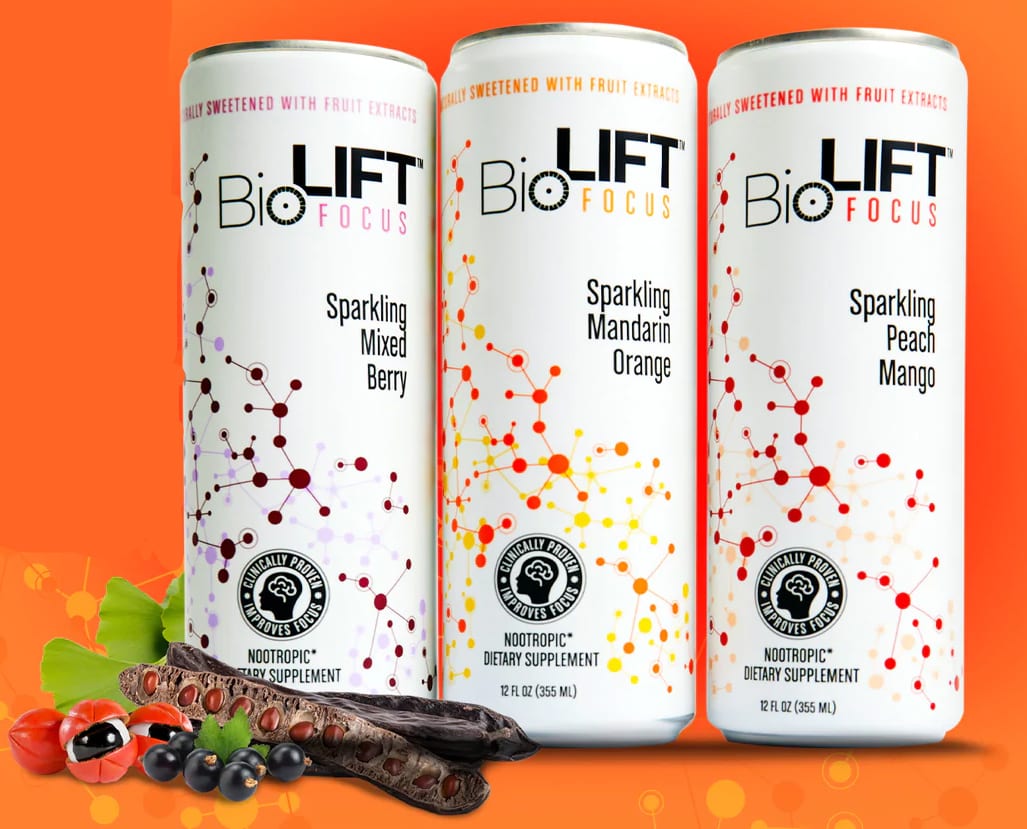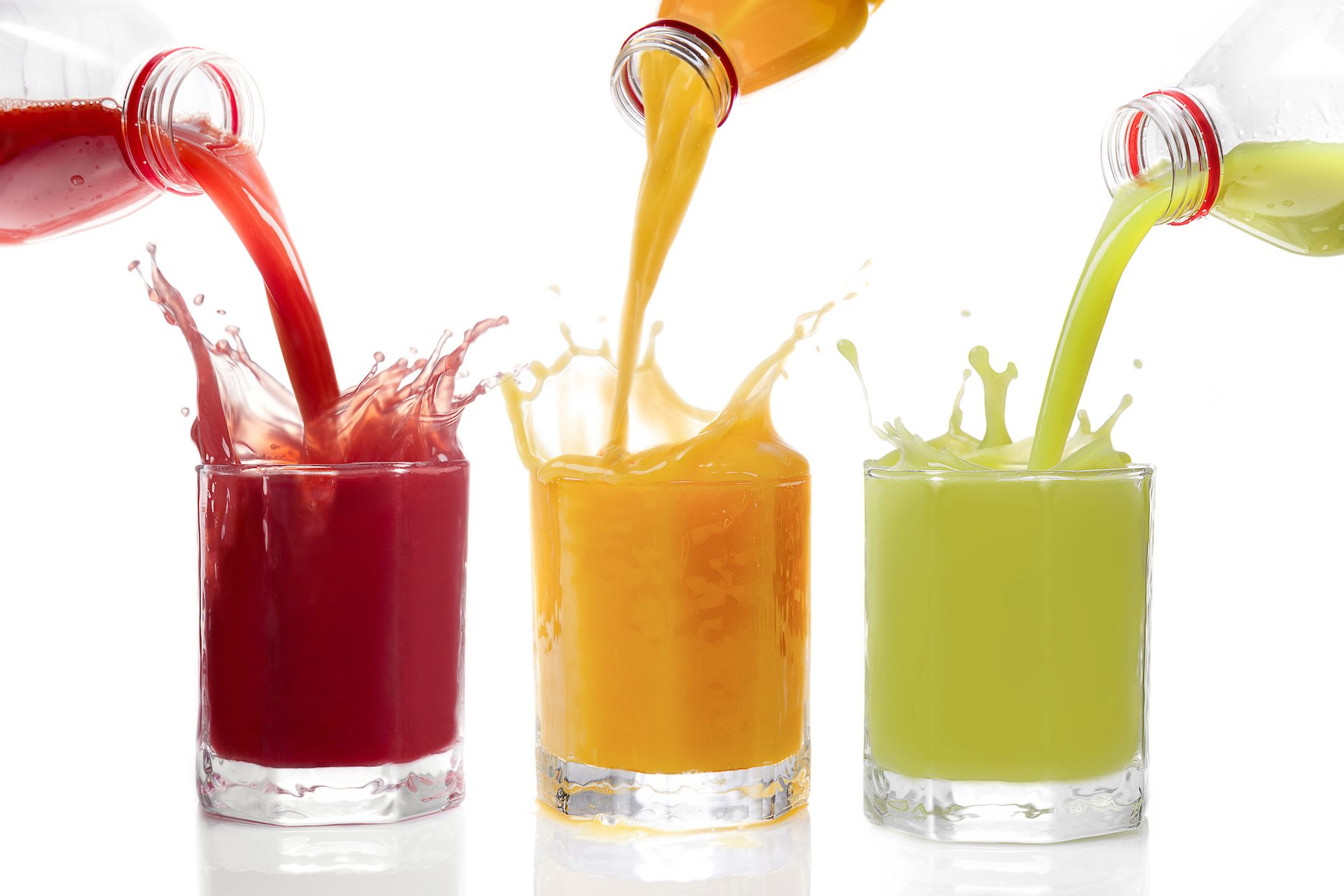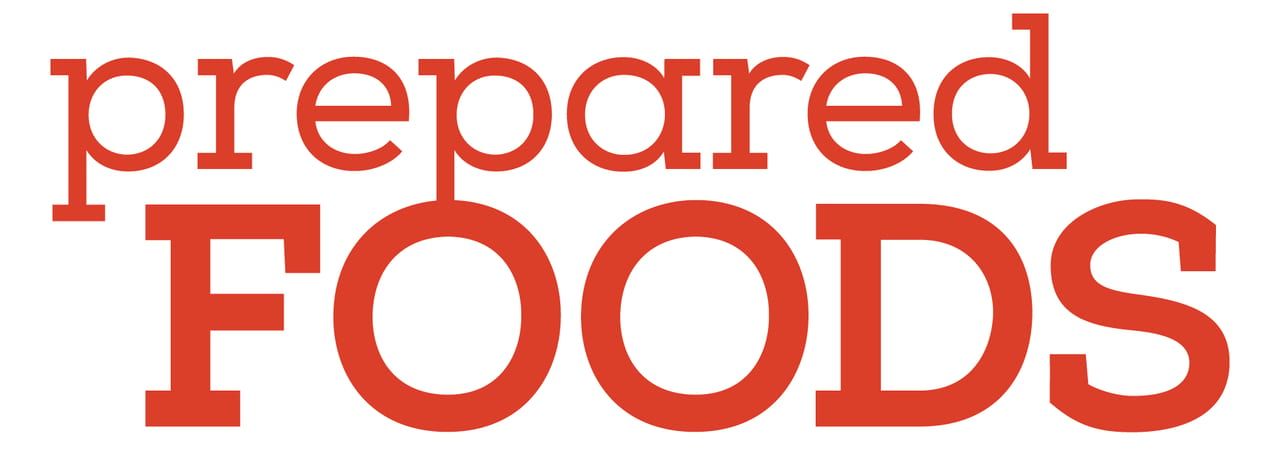january 2023

Light and Sweet:
Drink Up!
People have an innate preference for sweet—making sugar reduction an ongoing challenge.
Part 1
Beverages command special attention when reducing caloric sweeteners such as sucrose and fructose. Video courtesy of: Getty Images / dontree_m
Global concerns over obesity, diabetes, and cardiovascular disease will usher in the new year’s health and wellness initiatives. Consumers will engage in the annual effort to seek out food and beverage choices with more moderate amounts of nutritive sweeteners (i.e., sucrose and fructose), lower amounts of “undesirable” fats, and fewer calories.
Beverages continue to lead all categories of foods and beverages with the greatest number of low/no sugar claims, based on a 2022 study conducted by Spoonshot. Reduced-sugar juices and smoothies top the beverage category, followed by carbonated soft drinks.
In the canned and bottled non-alcoholic beverage space, replacing “syrupy” mouthfeel lost when nutritive syrups are removed can be one of the biggest challenges. Starches, such as xanthan gum, and other bulking ingredients can often remedy the mouthfeel challenge but may “muddy” an otherwise clean label for consumers opinionated about specific ingredients.
By Alexa Bosshardt, MPS, RDN, Contributing Ingredient Technology Editor

Teakoe Tea Supply Co. features a combination of honey, fruit juice, and stevia in its line of “Fizzy Tea” to achieve a total of 2-7g of sugar and 10-30 kcals per 12oz serving. The product line, which supports functional benefits from spices and botanicals, includes Strawberry Crème, with organic rooibos and sarsaparilla root, and Orange Ginger Punch, with yerba maté and organic hibiscus. The Honey Lemon flavor is sweetened with both organic raw honey and organic stevia extract and has 7g total sugars per 12oz serving.
GuTSY, LLC’s Culture Pop Sparkling Probiotic Soda line contains 40 kcals per 12oz serving and no more than 6g of naturally occurring sugars from fruit juice blends. It also features live Bacillus subtilis probiotics, following the digestive health and immunity trend. Fruit juices and juice concentrates used at no more than diluted concentration levels defined by FDA standards can be labeled under total sugars but are not considered added sugars.
Sugar reduction sometimes involves opting for just a touch of natural, sustainable plant-based caloric sweeteners, such as those derived from dried fruits like carob. Photo courtesy of: InnoBev, Ltd.

Stevia remains a favored caloric sweetener replacer in beverages, boosted by the recent development of the cleaner-tasting rebaudioside-M glycoside. Photo courtesy of SweeGen, Inc.
How Dry
Non-alcoholic beverages can be replacements for their alcoholic counterparts or add-ons for consumers pursuing greater moderation and, by definition, they contain less than 0.5% ABV (alcohol by volume). They appeal as a means of hydration, a source of nutrients and functionality, or serve to replace water, club soda, or high-sugar frozen drinks, such as virgin piña coladas or daiquiris.
Many trending non-alcoholic beverages playing in the bartending and “mixology” space can be as sweet as juice or a full-sugar soft drink, but more that are based on natural botanicals and herbs complemented with fruit and/or floral notes are emerging.
How About a Date?
Two recent additions to the natural sweeteners well suited for beverages are derived from carob and dates. Both are prized for their health halo, sustainability, and vegan properties, plus both have the marketable identity of being truly biblical ingredients. As clean-label, plant-based sweeteners, they boast nutritional and health benefits such as minerals (iron, potassium, calcium, and magnesium) and are rich in antioxidants. Although nutritive sugars, they have a low glycemic index and add a faintly earthy, rich flavor that complements rather than overpowers fruit, cola, or citrus flavors.
Alcohol and sugar are both vital for proper fermentation in beer and wine production, and they affect color, flavor, and body in the final product. Wines are dealcoholized typically by vacuum distillation, which follow some of the same steps of the vinification process that traditional winemaking follows, or by reverse osmosis. The residual sugar content can vary depending on the process or if the non-alcoholic wine never contained alcohol to begin with. (Think: grape juice.)
Mocktail options in the aperitif category include a full array of natural sweeteners designed to just add a hint of sweetness to round out and temper bitter or acidic notes from prominent herbs and botanical ingredients. Wilfred’s Drinks, Ltd., crafts full-bodied Italian-style aperitives drinks meant to stimulate the palate before a meal. The company’s solution is to use real sugar called “English beet sugar” in its ingredient deck but to do so sparingly.
Heglovich, LLC’s For Bitter For Worse line of non-alcoholic beverages has turned to sweeteners such as white wine grape concentrate and non-GMO monk fruit. The company’s Eva’s Spritz complements bitter and sweet orange, hibiscus, and beet root notes in its non-alcoholic aperitif with the two natural sugar replacers. End of Part 1
JANUARY 2023


